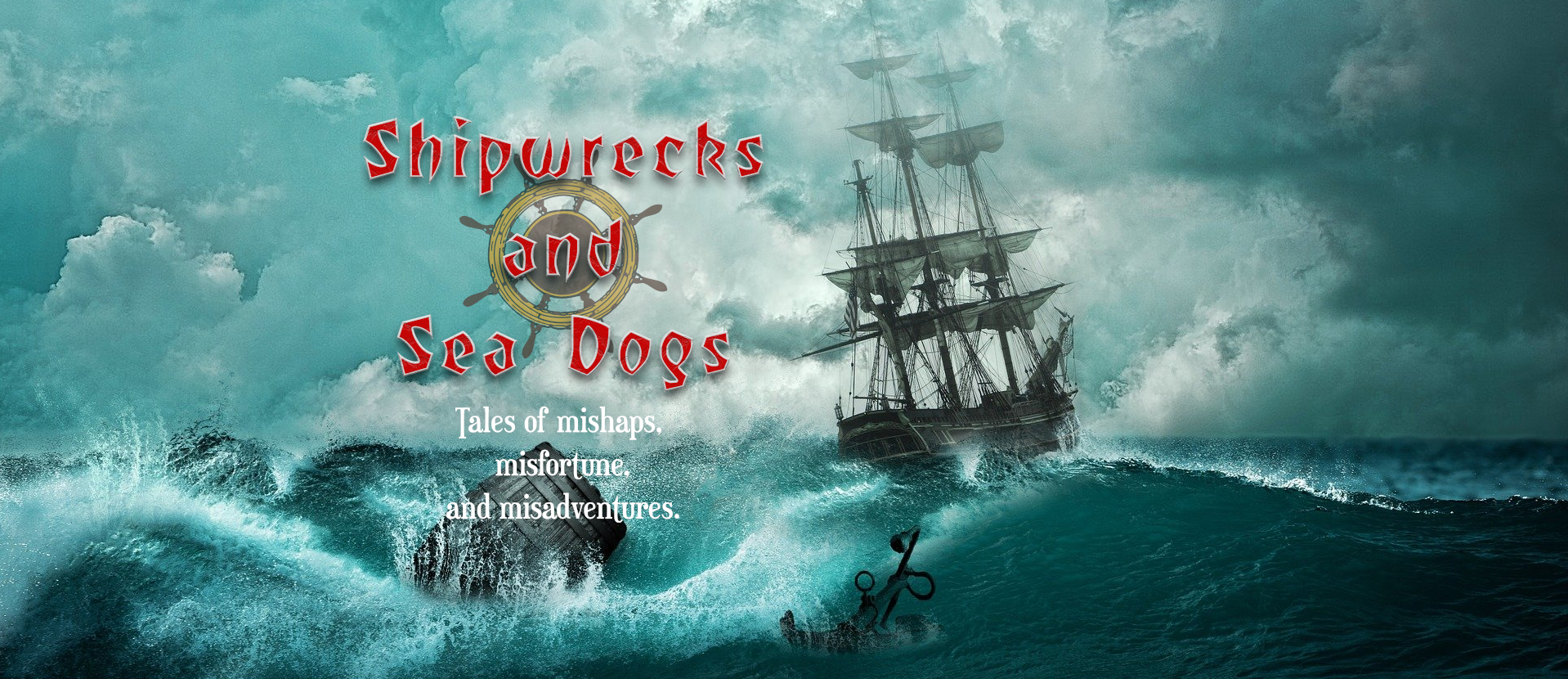The Toya Maru was a Japanese commercial ferry operating between the island of Honshu and Hokkaido in Japan. Built by the Japanese National Railways and launched in 1947, the ship was 118.7 m (389 ft) long and 15.85 m (52.0 ft) wide, with a capacity of 1,128 passengers and a crew of 120.
On September 26, 1954, the Toya Maru had already postponed its departure from Hakodate, Hokkaido due to the approach of Typhoon #15 (named Marie in the West). After a brief period of improved conditions, the ship’s captain decided to depart for Aomori, on Honshu. But the typhoon strengthened as the Toya Maru left Hokkaido. Caught in the harbour during the strong winds, the captain lowered the ship’s anchor to hopefully stabilize the ship and keep it from being grounded on the rocks.
The anchor failed to keep the ship in place, and the Toya Maru was dragged through the strait, and was battered by the wind and waves. Aboard the ship was also a cargo of railway cars, which came loose during the storm. The shifting cargo crushed many of the passengers and added to the instability of the ship.
The Toya Maru was listing badly, and water entered over the main deck and flooded the lower decks and the engine room. With the engines flooded, and with no anchor, the ship was helpless. The ship rolled and capsized, just a short distance from shore in the strait of Tsugaru.

Sadly, most on board were killed in the disaster. Japanese National Railways announced the official death toll in 1955 to be 1,153. However, that figure is just an estimate, as many aboard puchased tickets last minute, and others cancelled their tickets at the last minute. Many other ferries and other vessels were destroyed in the typhoon, including another 275 mariners. In total, the typhoon killed over 3,000 people on land and sea, and damaged or destroyed over 1000 sea vessels.
As a result of this tragedy, Japan designed and planned a tunnel under the strait of Tsugaru to carry railway traffic. The Seikan Tunnel opened in 1988 and is the longest underwater tunnel in the world.


